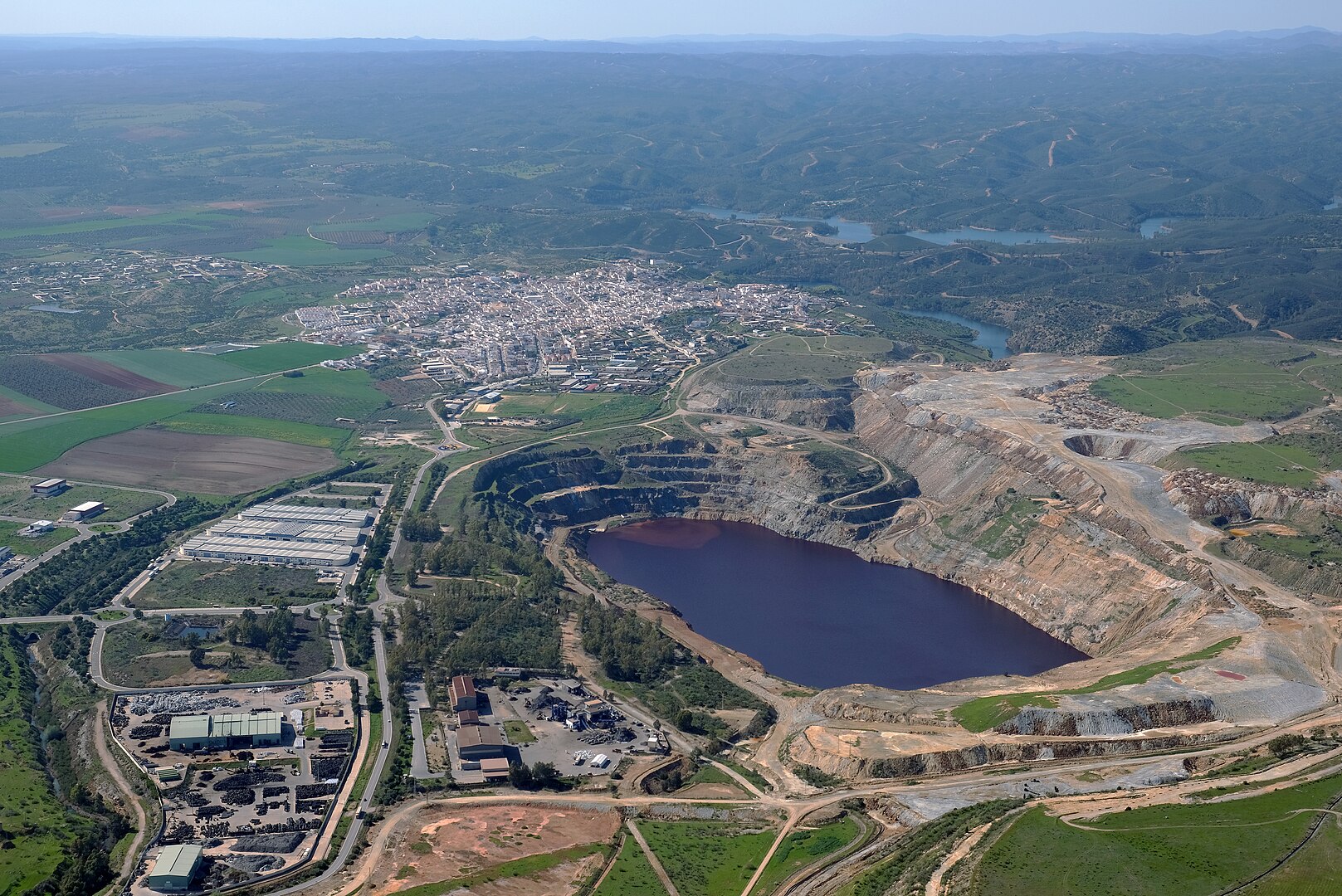Der Einsturz der Deponie von Aznacóllar – 1998
Deutscher Text nicht vorhanden
The Aznalcóllar pyrite mine tailings dam, which stored mining sludge and waste, is near Seville, in southern Spain. On 25th April 1998, its reinforcing wall collapsed releasing thousands of gallons of toxic chemicals and heavy metals into the surrounding countryside, including the River Guadiamar, which flows directly into the marshlands of Coto Doñana.
As a consequence of the mine’s retention wall failure, 2 million m3 of highly toxic pyrite sludge and another 4 million m3 of acid water leaked into Spain’s treasured Doñana National Park, a major haven for migratory birds on their way between Africa and Europe.
As an important landowner in the National Park, the World Wide Fund for Nature (WWF) pressed for quick action by the regional and national authorities, and the mine owners, to minimise the damage of the incident.
When the waste-holding pond ruptured, the spill killed thousands of animals in nearby farmlands and made the area unusable. Carried by the River Guadiamar the toxic spill spread out into the wetlands of the Doñana Park, where more wildlife was destroyed and for years many birds showed high levels of contamination with deadly heavy metals like cadmium.
As part of the food chain, they carried the contamination to African and Middle Eastern countries and as far away as northern Europe. The news that heavy metals were now entering the food chain of migrating birds was one of the saddest blows for international nature conservation agencies.
Although Coto Doñana is one of the largest protected areas in the EU, a Natura 2000 site and a Ramsar World Heritage Site, the Spanish Government gave the mine operators permission to resume activity in summer 1999, against the recommendation of UNESCO.
Three years before the disaster, the 28 m high tailings dam had been subject to stability analyses and both the Boliden-Apirsa company – the owner of the plant – and the designers confirmed that the structure was sound and satisfied all safety standards. This conclusion was confirmed also five days before failure.
On the contrary – as later demonstrated by technical surveys ordered by the inquiring magistrate – the geological setting of the area had not been sufficiently investigated, the general stability conditions of the dam were unsatisfactory and the management poor. The collapse of the structure was caused by the failure of the weak marly-clayey bedrock on which the dams foundations lay.
Einstürze von Bergwerksdeponien weltweit
Image kallerna, CC BY-SA 4.0, via Wikimedia Commons

